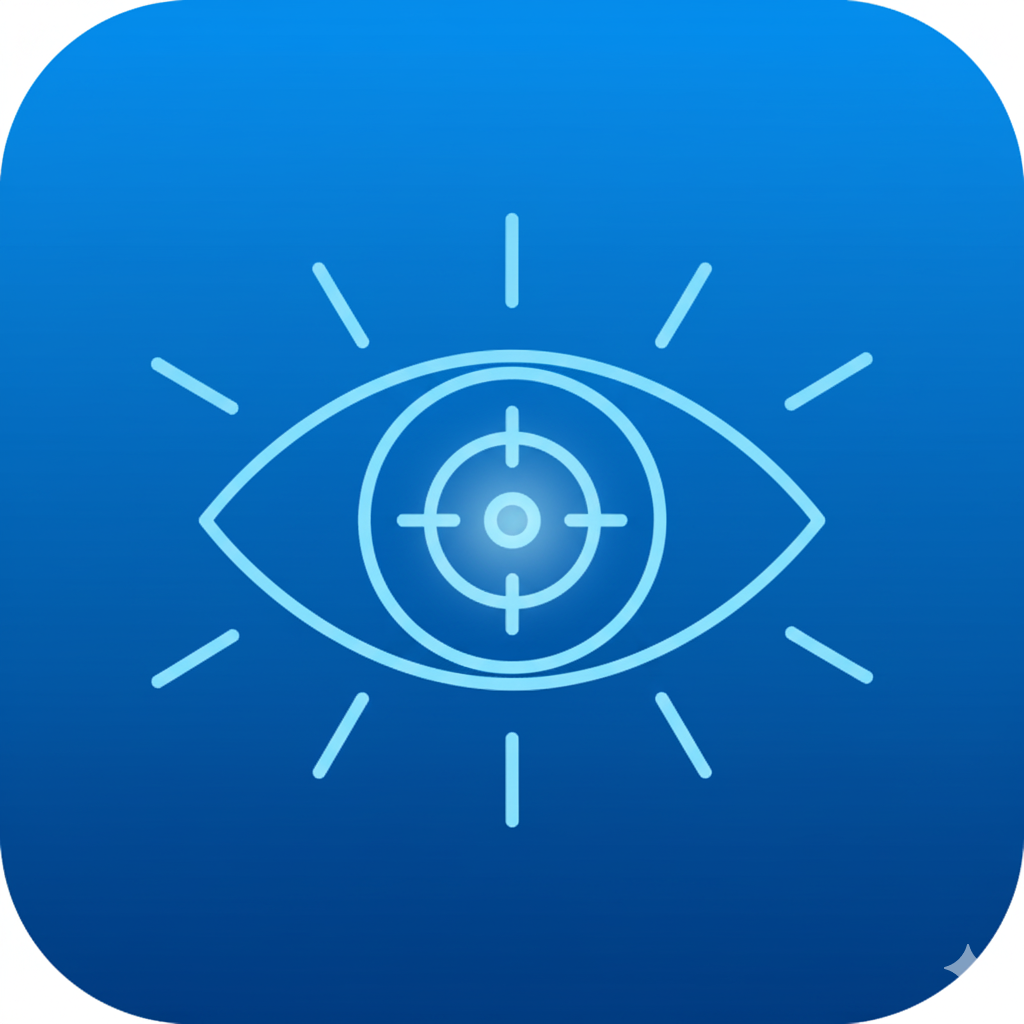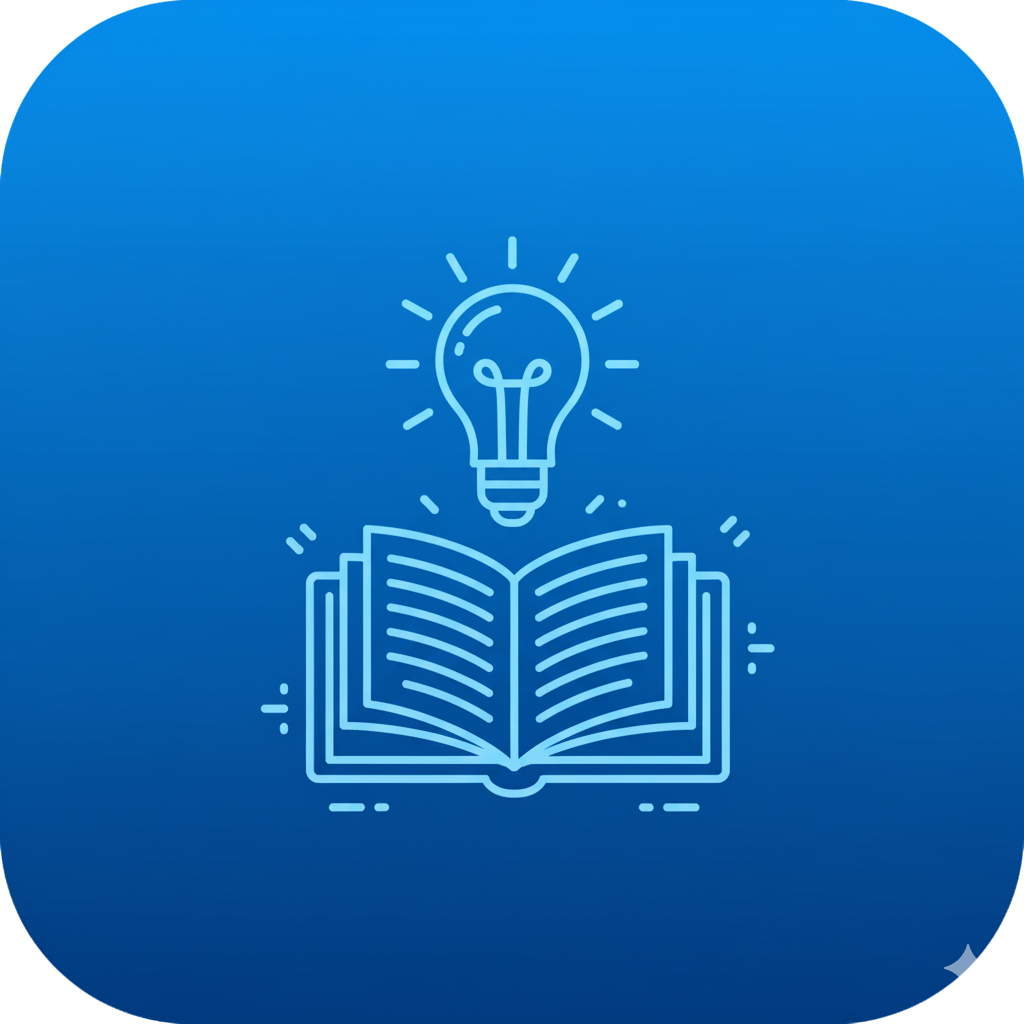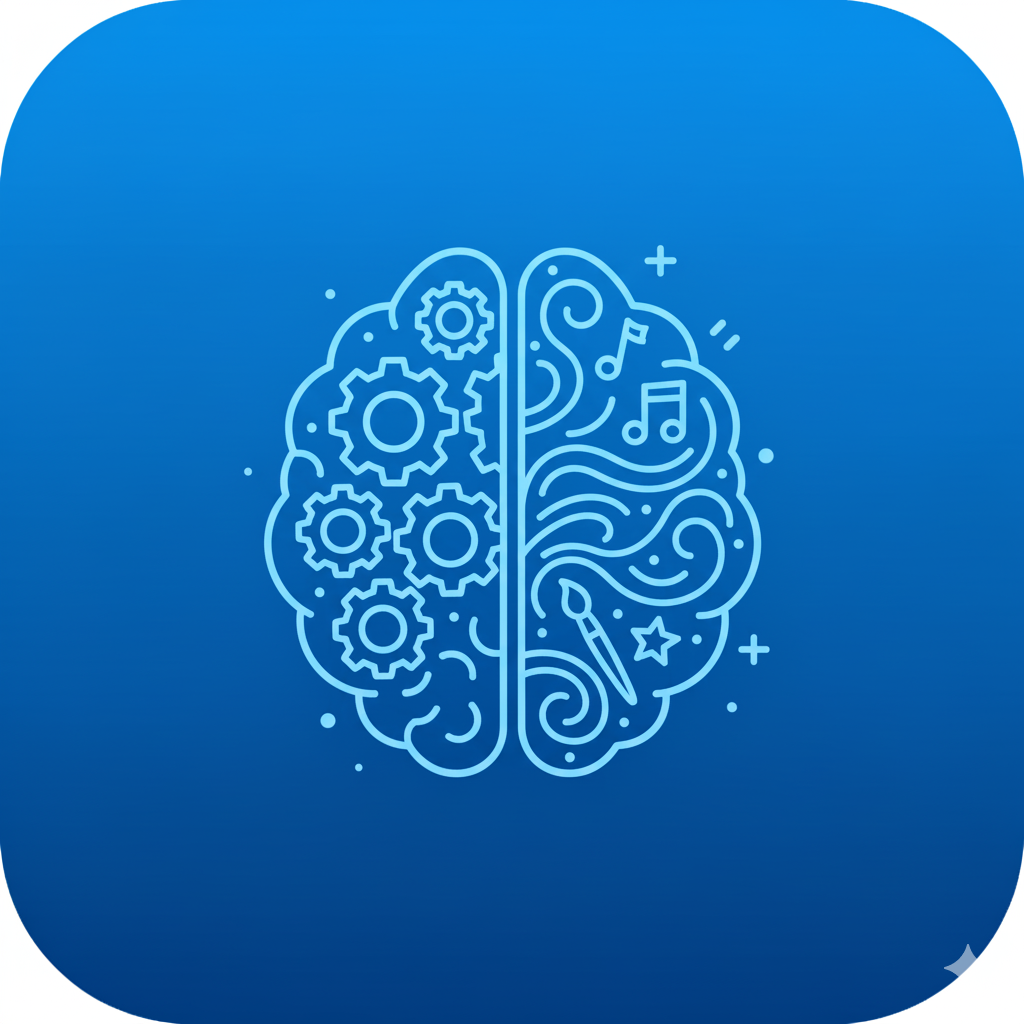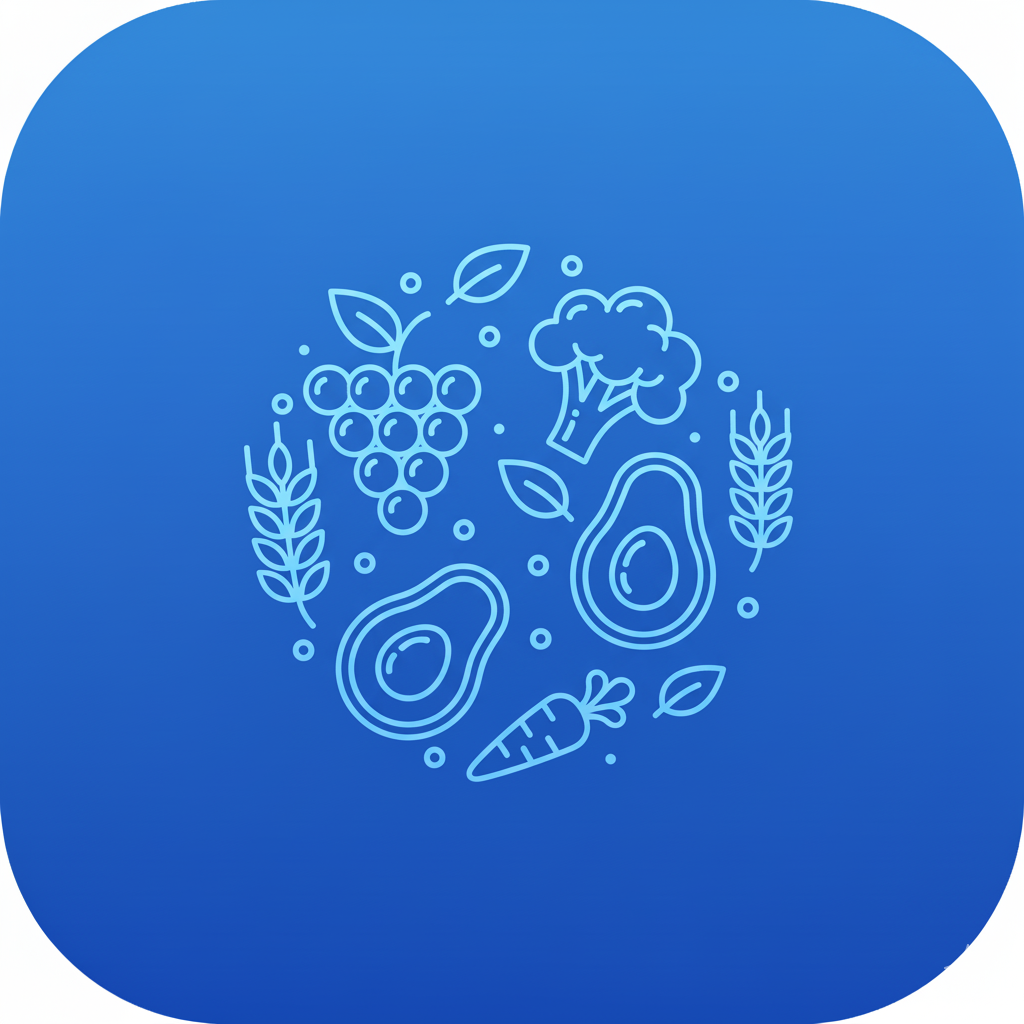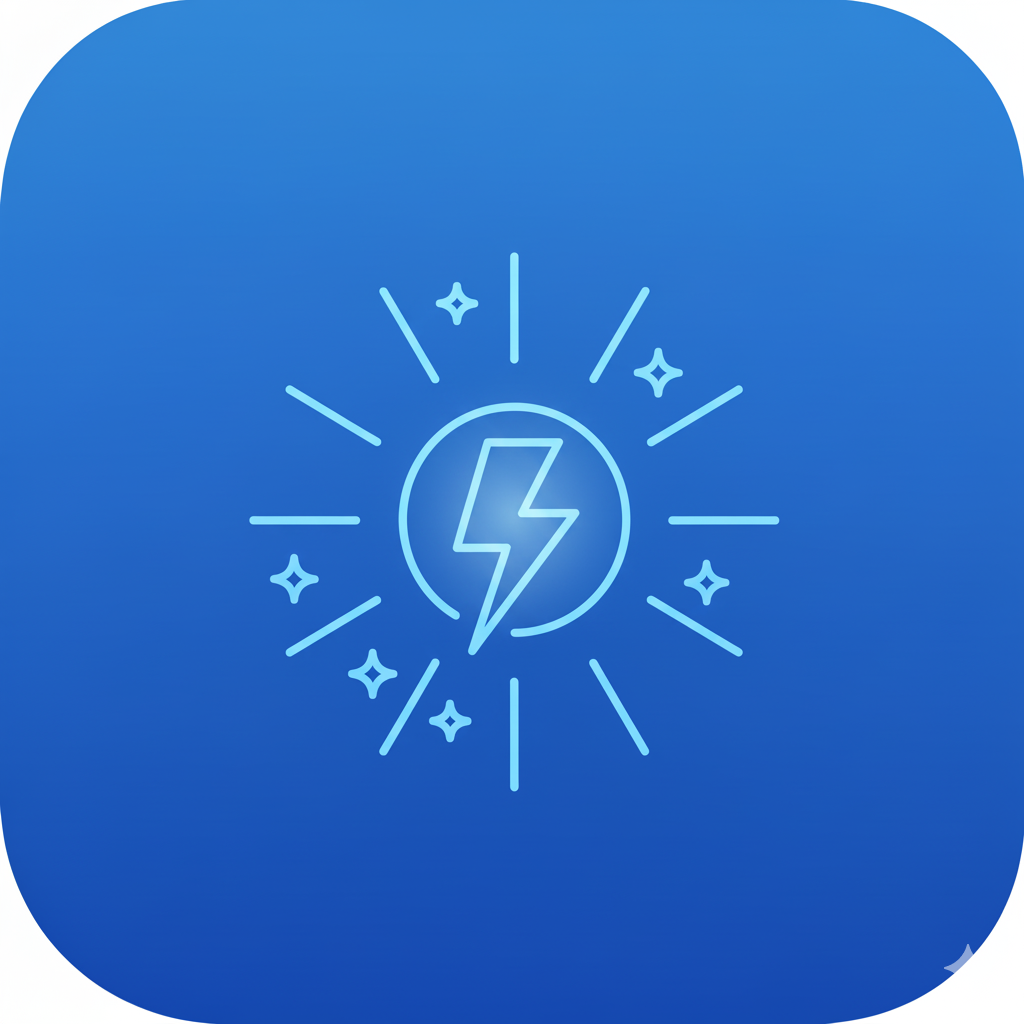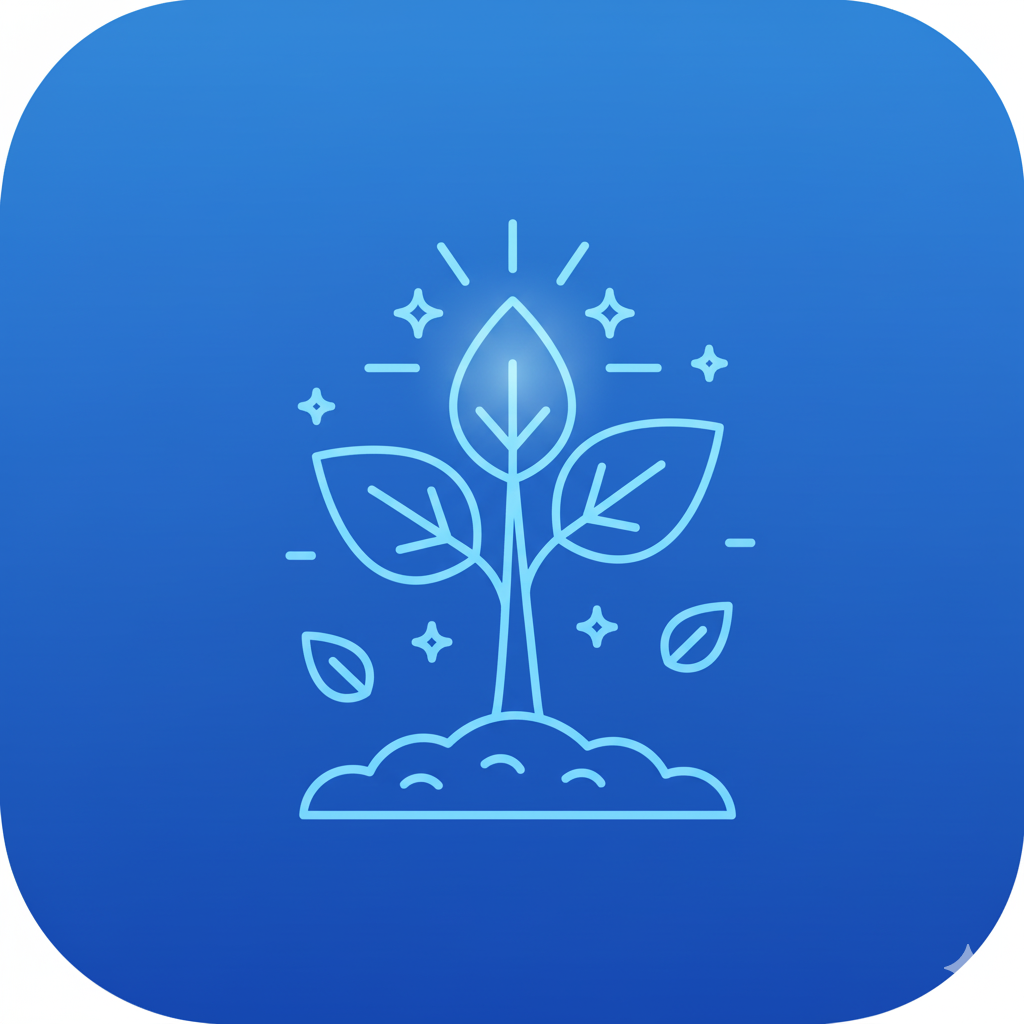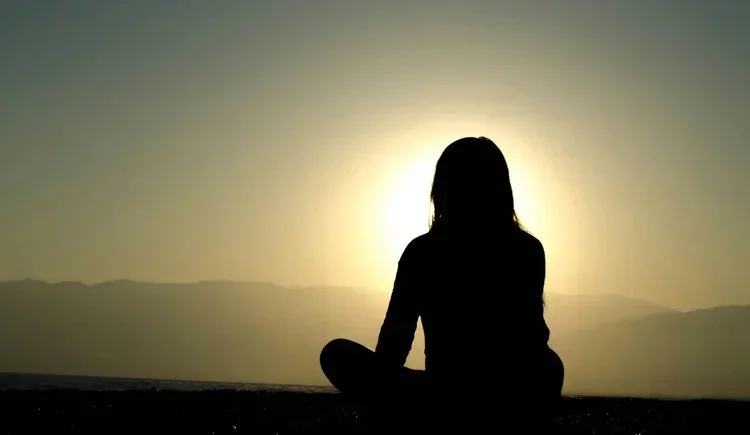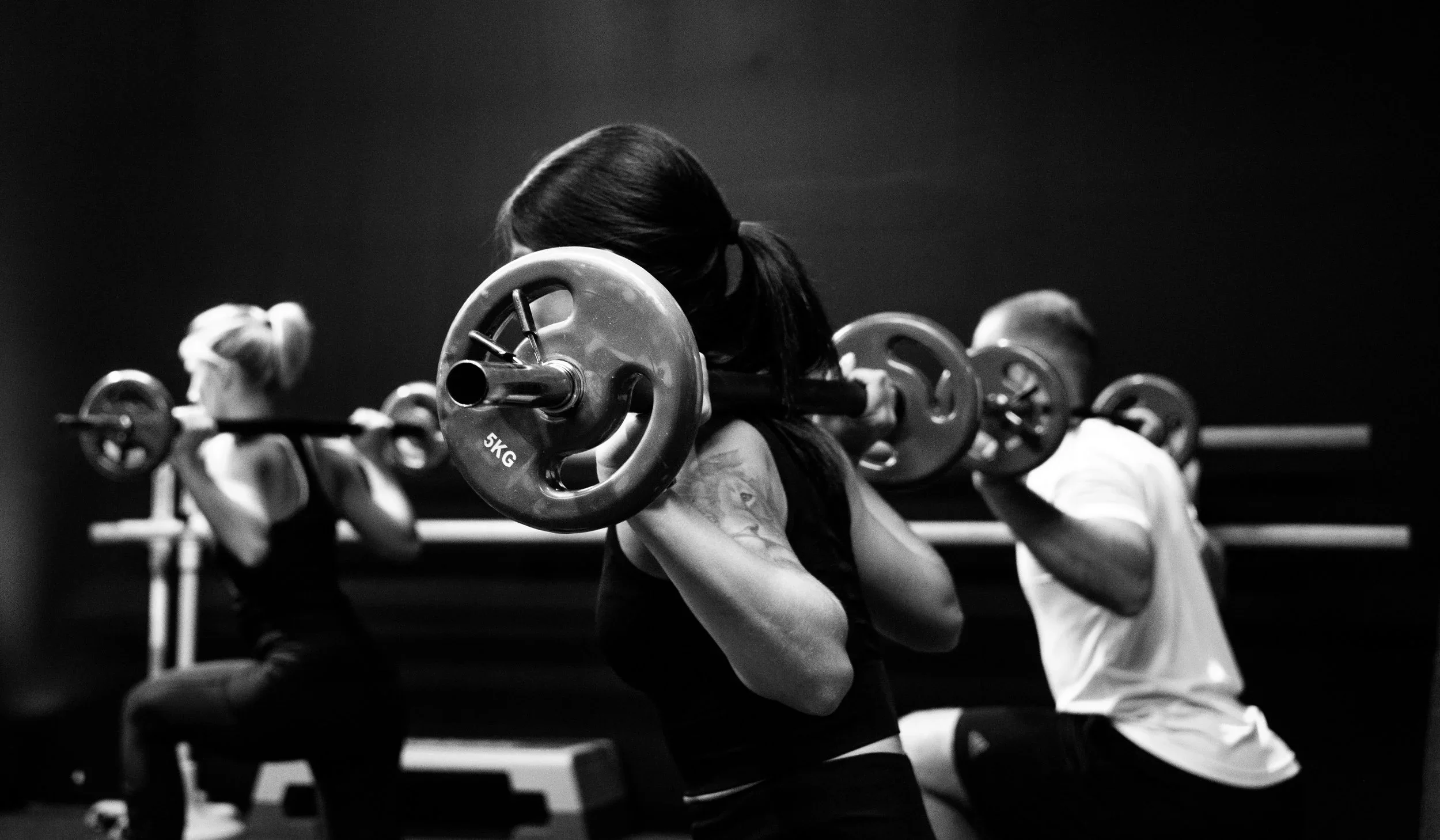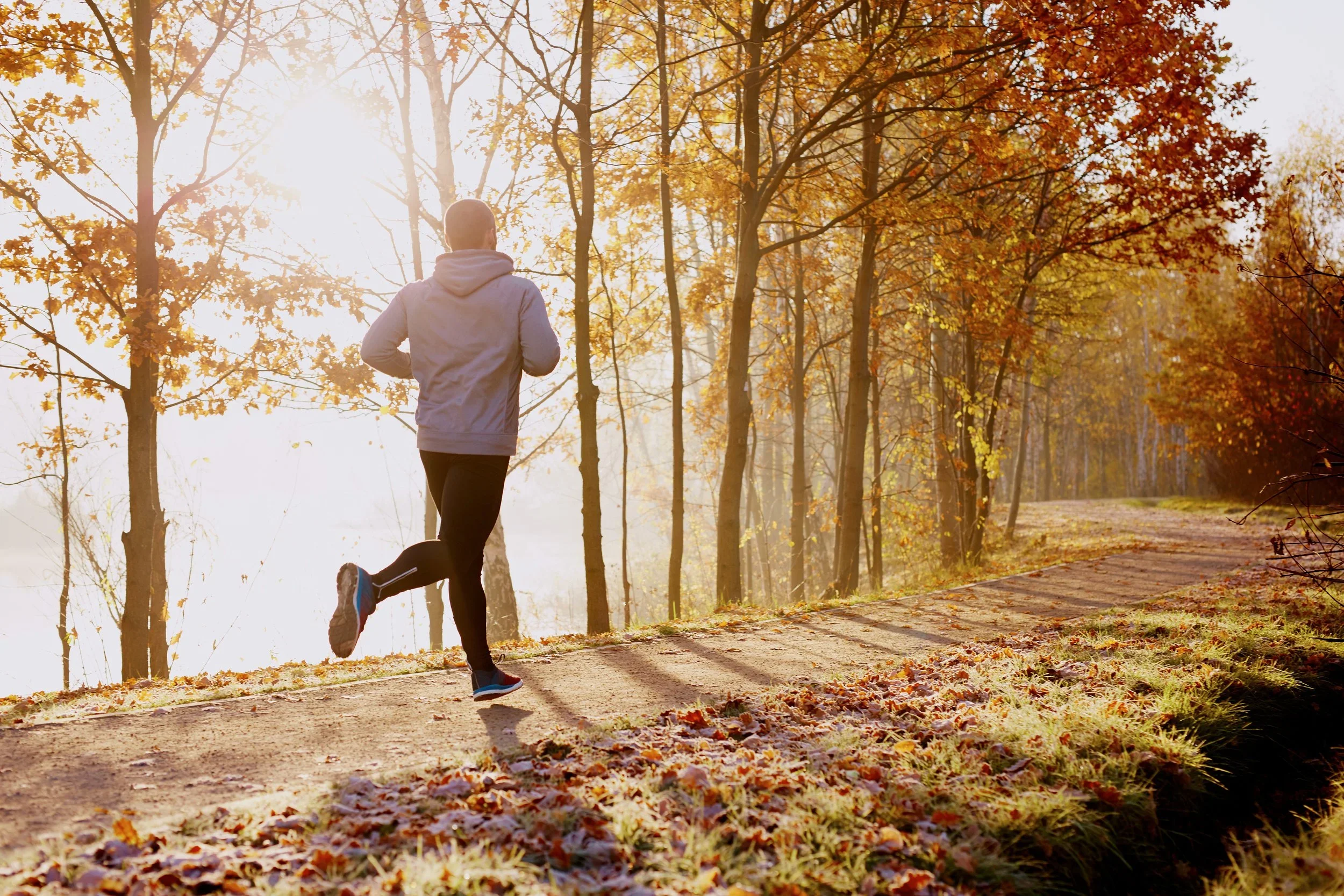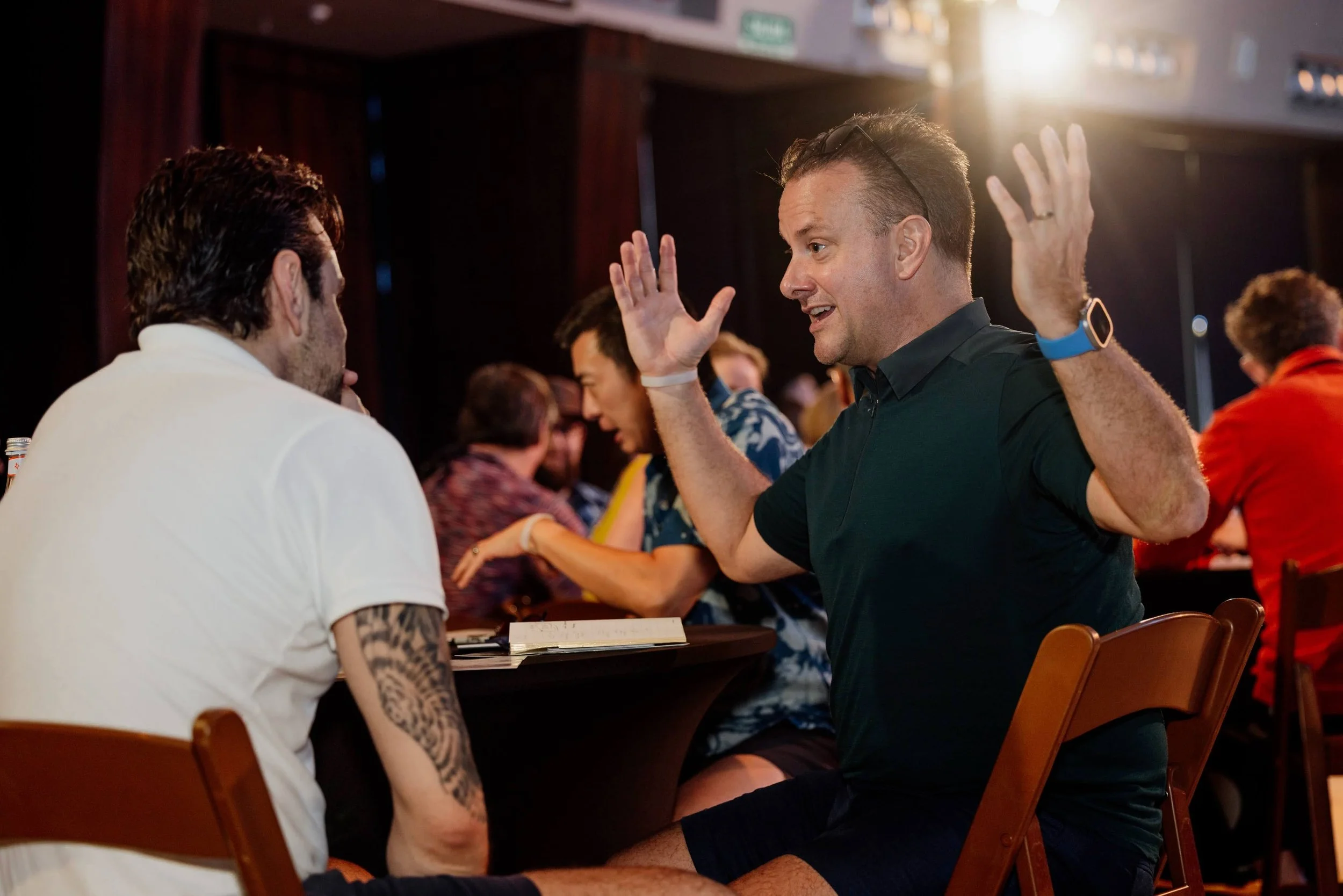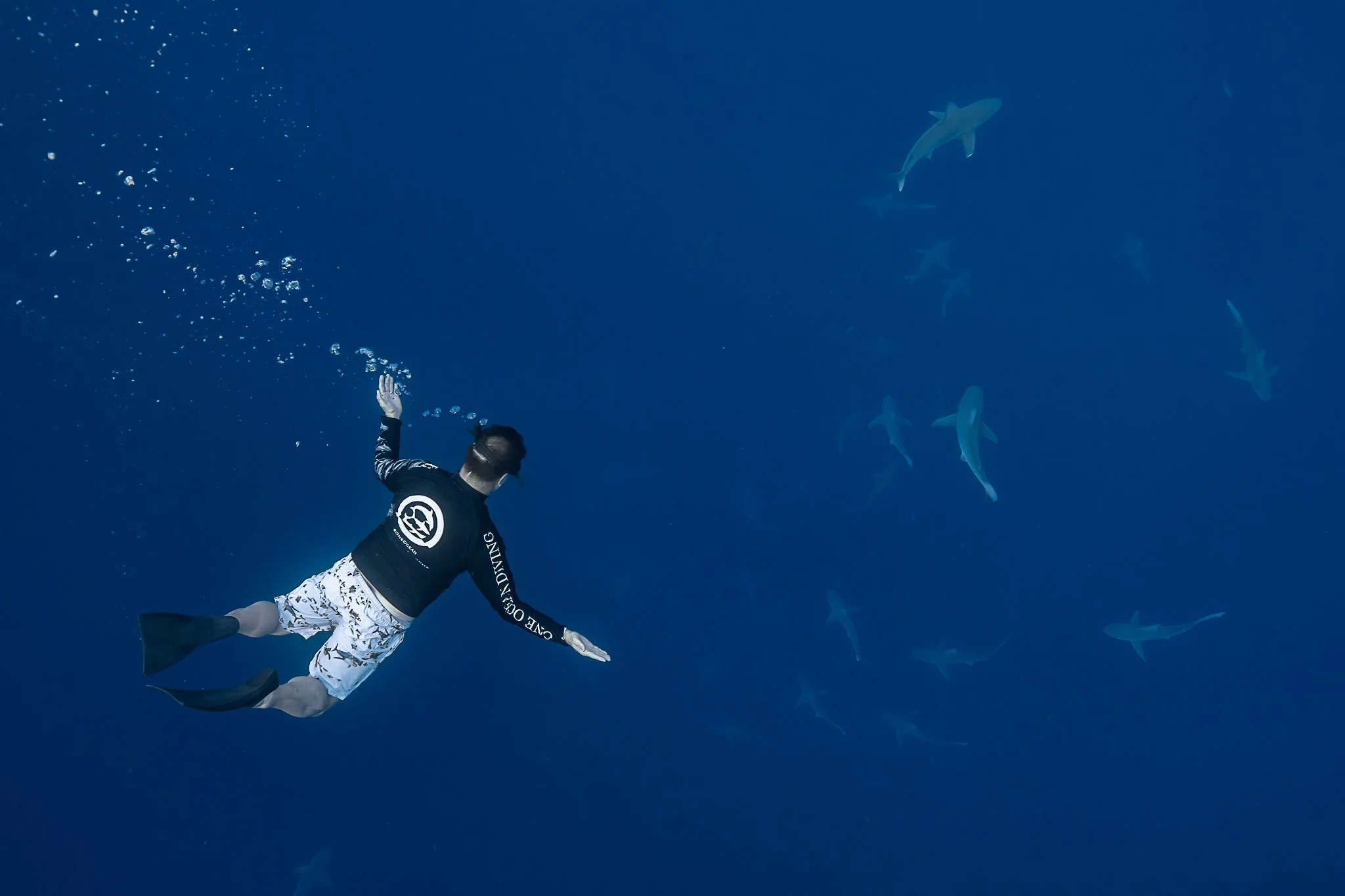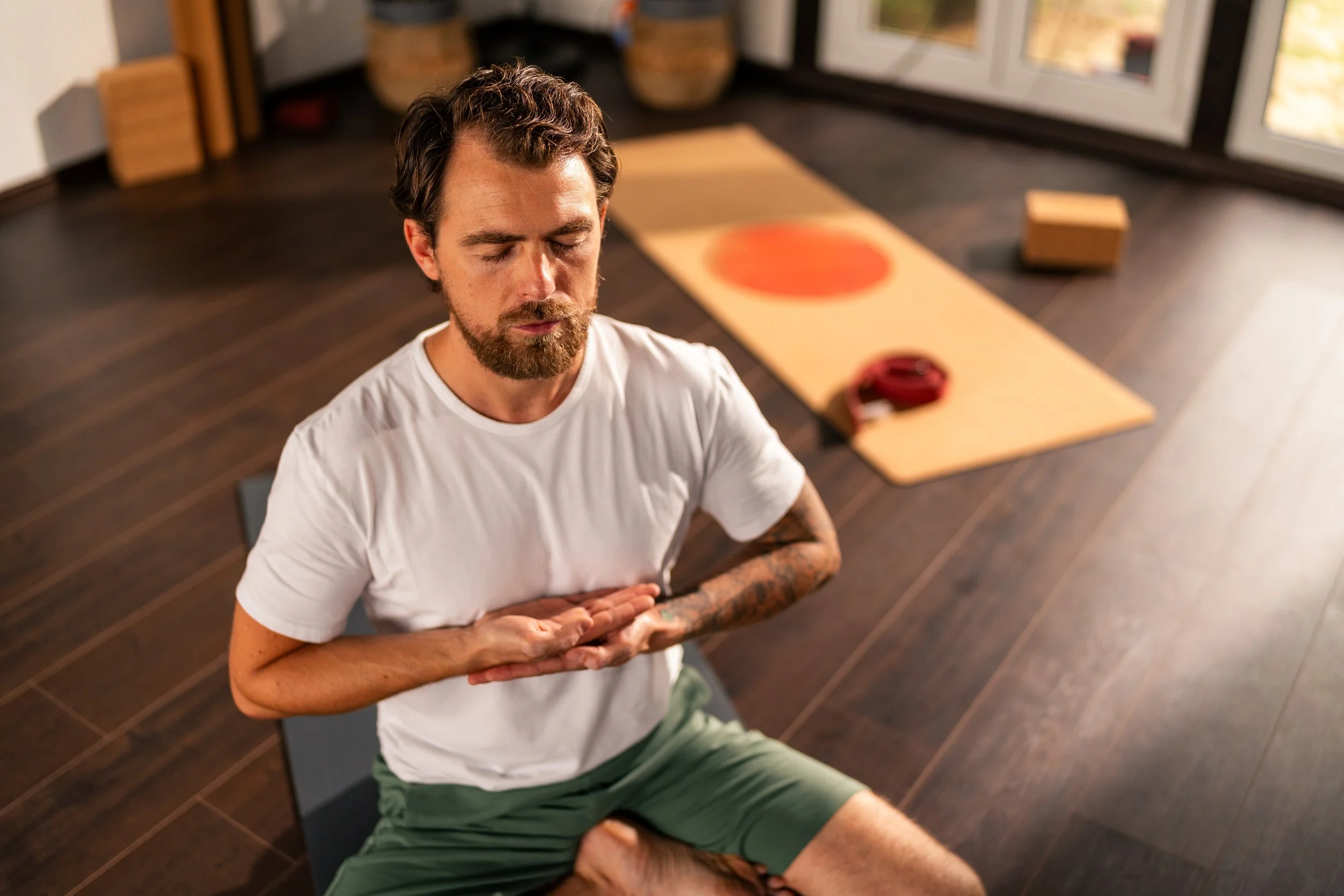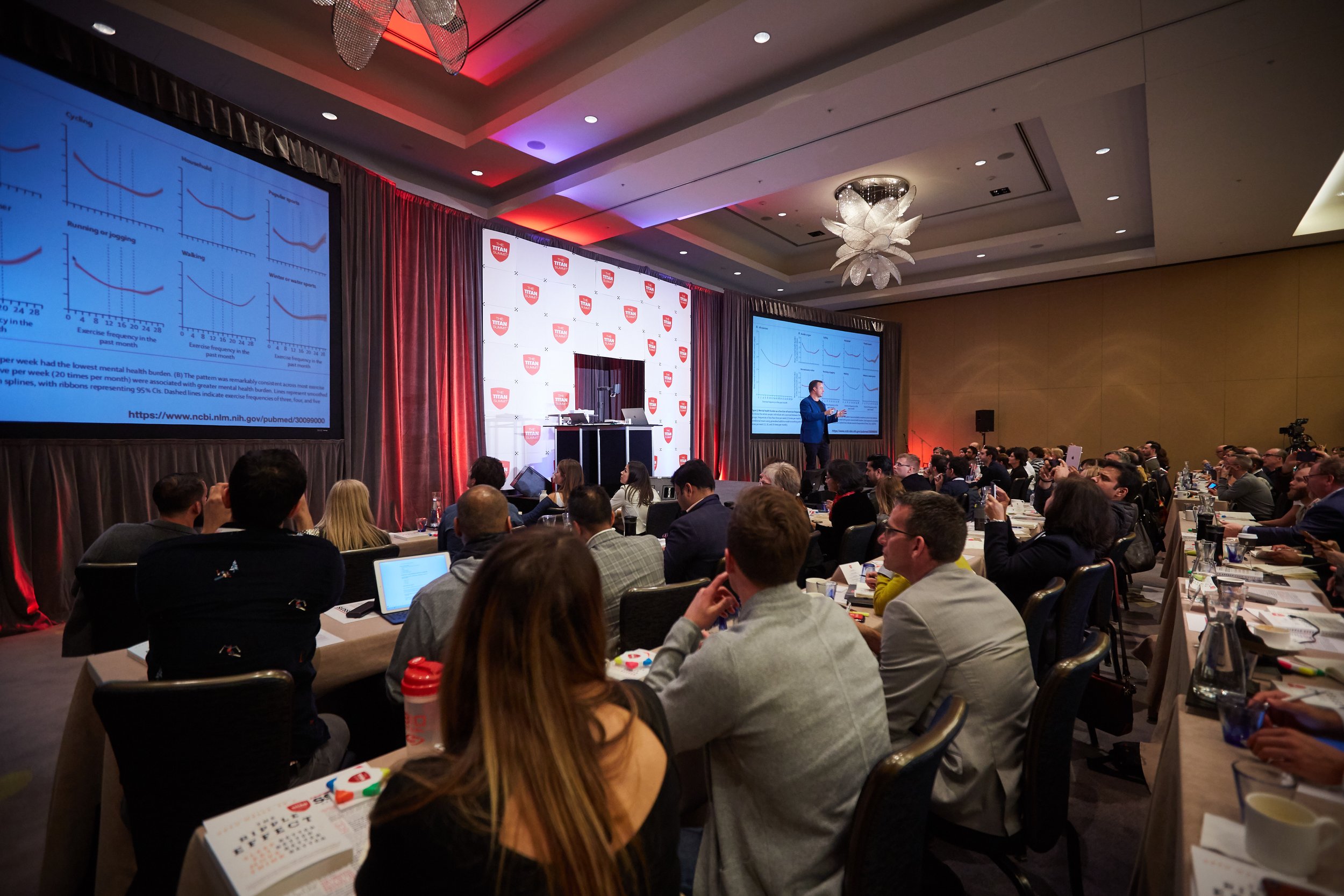
Articles
Pivot from Tension to Ideation
In high-stress situations, tension can limit creativity and problem-solving. By letting go of physical tension through conscious relaxation practices, we can shift our minds from stress to a more creative mindset.
Activate Your Body to Focus Your Mind
Activating the body is one of the most effective ways to engage and focus the mind. Research consistently shows that physical activity boosts cognitive performance, helping us think faster, focus better, and improve creativity.
Practice Mindfulness to Sharpen Your Focus
The ability to focus your attention has become a valuable skill. Practicing mindfulness is a powerful way to sharpen focus and increase your ability to direct your attention to a specific task and keep your concentration on that task. Mindfulness is a practice that helps train your ability to sustain your concentration, allowing us to tackle tasks more efficiently and effectively.
Activate the Mind-Body Connection
The connection between mind and body is essential and our understanding of this mind-body axis is exploding. This connection can be activated by activating specific enzymes, such as AMP kinase via aerobic exercise and mTOR via strength training as they play key roles in energy metabolism, cellular function, and positive adaptation.
How to Activate Metacognition & Strategic Thinking
Taking time to reflect and strategize is key to achieving sustainable and healthy high-performance. Practicing metacognition—thinking about how you think—helps shift the mind from reactive to strategic mode. Leveraging alpha brainwaves, which are created when we are learning and reflecting, is an effective way to activate metacognition, which helps to elevate our decision-making and planning abilities.
Practice Response-Ability
In moments of stress, our instinctive reactions can sometimes worsen situations or create unintended outcomes. Building response-ability—the ability to consciously choose responses instead of reacting automatically—can help maintain better relationships, enhance performance in the moment, and improve our ability to do the right thing in times of challenge. Ultimately, developing this skill empowers us to navigate challenges with a thoughtful and intentional mindset.
From Threat to Challenge
Stress is an unavoidable part of life, but how we perceive and respond to it can make all the difference. By shifting from seeing stress as a "threat" to viewing it as a "challenge," we can transform our stress response, using it to fuel healthy high performance. This mindset shift empowers us to meet difficulties with progress (no matter how small that progress is), thereby creating opportunities for growth and learning.
Practicing Mindfulness with Breathwork
One of the most accessible tools to anchor ourselves in the present moment is our breath. Mindful breathing helps bring attention back to the here and now, reducing stress and enhancing focus.
How Mindful Breathing Can Us Relax
Learning to use breath as a tool can unlock a sense of peace and balance, even in the face of stress. The science behind breathwork reveals why certain breathing techniques can shift the nervous system into a calm state, activating the body’s natural “rest and digest” mechanisms.
How Physical Activity Sparks Happiness
Physical activity is not only essential for physical health but also plays a powerful role in enhancing mental well-being and happiness. Research highlights that movement can directly stimulate feelings of joy, energy, and emotional resilience. This article explores how moving our bodies in joyful ways can lead to lasting happiness and well-being, focusing on the science behind the connection between physical activity and emotional health.
Be Mindful
Mindfulness, or keeping your awareness in the here and now, is important for mental health and elite performance. The key is to stay in the moment in the face of distraction, no matter how great that distraction may be.
Unplug and Disconnect
Let’s focus on what we can do to thrive through a balanced relationship with technology. In your life, I’m guessing that doesn’t mean adding more technology time. Instead, my suggestion is to add some time to unplug and disconnect—so you can reconnect to your inner life and those that truly matter to you.
The Right Dose of Technology
We have never been more connected via technology, yet at the same time we have never been so far apart. This strange relationship between connection via our devices and loneliness is made even harder to navigate given that different people have different needs for connection and experience connection differently. Let me explain.
Find Calm in the Chaos
In the face of launching into a moment where you want to be your best, where you want to reach your peak, where you want to really reach your potential, there’s nothing harder than achieving a state of mental and emotional calm. And, in some ways, nothing more critical.
3 Tactics to Defend Your Attention
In this era of unrelenting distraction, attention is one factor we can control that has a significant impact on our lives. Here are 3 steps you can take to help you control our attention so you can focus deeply and concentrate better.
4 Tactics for Entering a Flow State
Flow is when we are energized, motivated, focused, happy, and able to perform at our best.
It is an incredible experience. It is also difficult to replicate consistently - fortunately swimming with sharks is a rare occurence. Here are a few practices that can help you enter your flow state on demand.
3 Practices to Help You Find Calm in the Chaos
What I’ve observed is that elite performers can achieve a state of being where they can access their full potential especially when they are under pressure, tension and stress.
Simply put, they can find calm in the chaos.
Boost Your Memory and Cognitive Function with Exercise - 2023 Thrive Practice #6
Do you find yourself forgetting things more and more? Or feeling fuzzy minded when you need to be clear and sharp? You may be losing your edge if you’re not moving your body.



